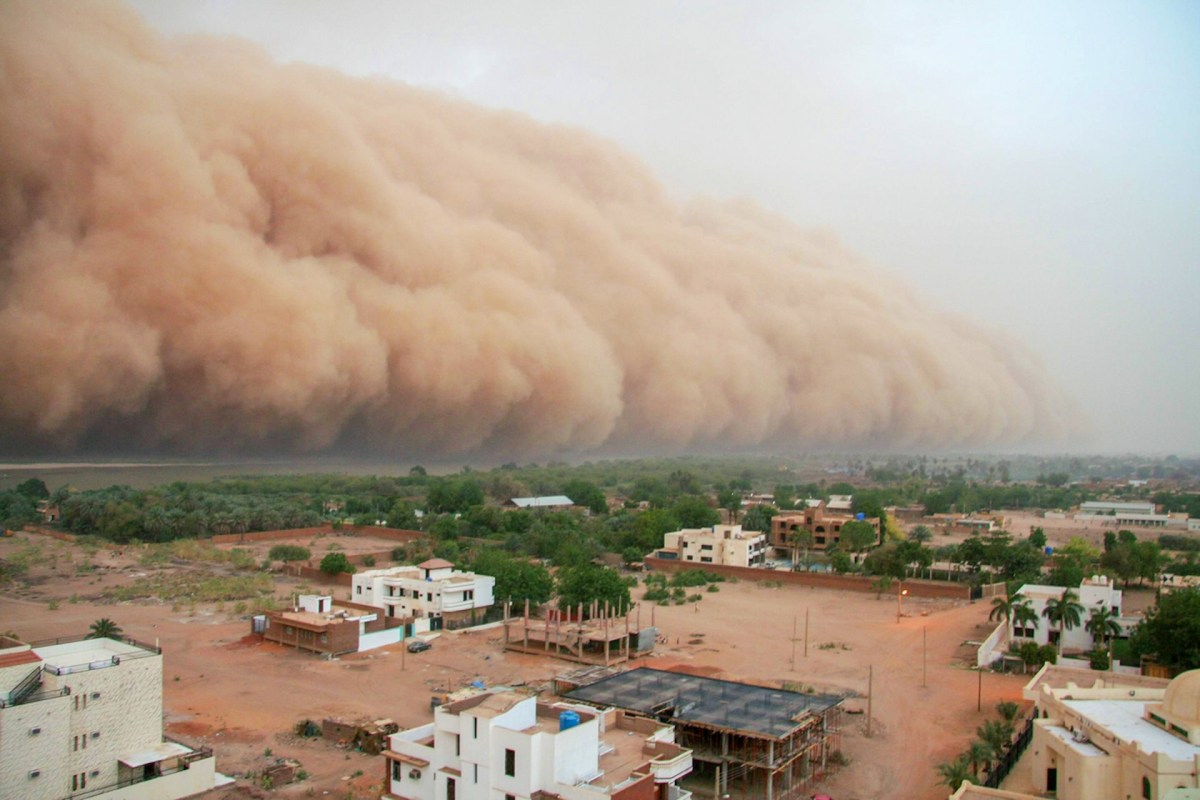Pollution and human activity have ripple effects everywhere that plants grow, and one of those effects is that there is less land for plants to grow than ever before.
According to the United Nations, the world is losing around 386,000 square miles (by some estimates, more than Texas and New Mexico combined) of productive land per year to sand and dust storms — the result of human activity, as Reuters reports.
What is happening?
The United Nations Convention to Combat Desertification (UNCCD) recently issued a report that called attention to the issue of land loss due to sand storms, which have hit large areas of Africa and Asia. According to the report, at least 25% of the storms could be attributed to human activity, such as overmining and overgrazing.
Why is this concerning?
According to the UNCCD report, "with impacts far beyond the source regions, an estimated 2 billion tons of sand and dust now enters the atmosphere every year, an amount equal in weight to 350 Great Pyramids of Giza." And while sand storms are common in many regions, this new frequency and intensity are not.
"We are in a vicious circle, where land degradation is fueling climate change and climate change is exacerbating land loss in the world," Ibrahim Thiaw, UNCCD executive secretary, told Reuters.
Thiaw went on to explain that as the sand storms continue to make an increasing amount of land unfarmable, it affects people's ability to get food in some of the world's most vulnerable countries.
"It goes well beyond individuals," he said. "It is affecting the entire community."
What can be done about it?
The UNCCD had several recommendations for steps that could be taken to prevent further land loss. For one, it said that funding needs to be increased to tackle the problem, which has drawn less attention so far than other issues caused by human-driven pollution.
Also, new incentives are needed for the private sector to take responsibility for the land that it destroys.
As Thiaw told Reuters, China has been successful at combating desertification and controlling dust, by employing a land management, restoration, and reforestation program.
Join our free newsletter for cool news and cool tips that make it easy to help yourself while helping the planet.









